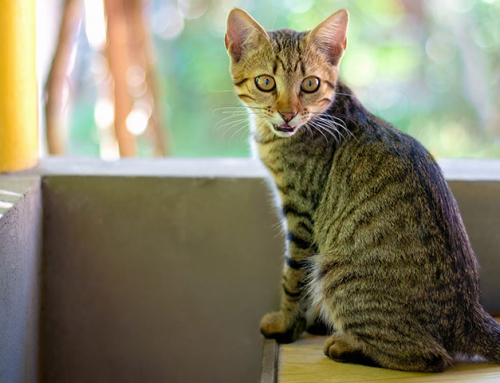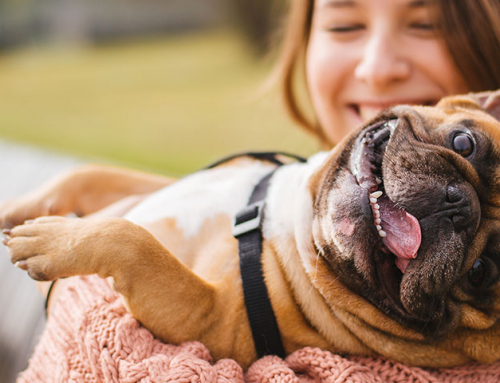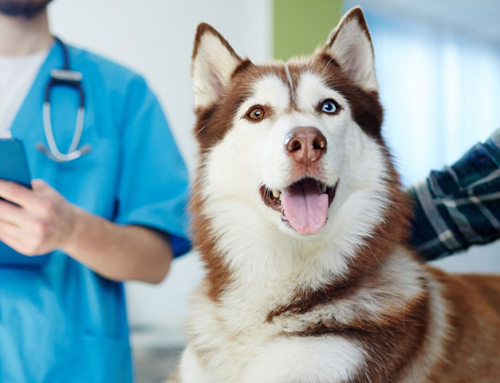I received an email from a veterinarian today asking how to encourage her clients to do blood glucose curves at home, particularly when there are financial concerns. Boy do I have an answer for that!
I do occasionally encounter a client that is hesitant, wary or even downright stubbornly resistant to checking blood glucose levels on a pet at home. It’s now widely accepted that the standard of care for a diabetic pet is to do home glucose monitoring with glucose meters. I can’t fathom having a diabetic pet without having the ability to check a blood glucose. Blindly giving insulin without the ability to check blood glucose used to be the norm, but with what we know today about diabetes and the availability of items that can aid in the management of the diabetes, it makes no sense to not do this from home. It’s risky not having a meter if a pet is a fragile diabetic, particularly when accurate blood glucose meters are so readily available these days.
When I diagnose a diabetic pet I send them home with a blood glucose meter that same day. I set up the meter for them and demonstrate using it on their pet right then and there. I send the little sock of rice I’ve mentioned before to warm the blood collection site and cause vasodilation to ease blood collection (the sock of uncooked rice can be warmed in the microwave). And I have them come back to my clinic the next day to practice checking a blood glucose in front of me. For the vast majority of diabetic pets it is extremely easy to measure the blood glucose using a meter.
Now here’s the bit where I’m sneaky. No matter what, I want owners to have a meter in case of emergencies. Even if at this point they don’t think they can do glucose curves I make a financial incentive for them having the meter. Test strips aren’t cheap, but they are less expensive than paying to keep your diabetic pet in the clinic all day and having vet nurses check glucose levels throughout the day. Most clinics usually charge between $10 and $20 per blood glucose check. At my clinic I charge $10 to check a blood glucose. However, if clients bring in their own pet glucose meter I only charge $5 per check. And I’m happiest if an owner does the curve at home which only costs them about a buck per blood glucose check!
Now let’s discuss accuracy. If a pet is kenneled at a vet clinic all day there is a good chance the pet will feel emotional stress. Stress hyperglycemia may be mild or it may be severe. Who knows how much the numbers are really skewed unless we are also checking them at home! Again, leaving Fluffy at the clinic all day for a blood glucose curves used to be the norm. Today, that’s no longer the case. Only if it is physically impossible for a client to do the curve at home (or if I have a client who refuses to run one) will I hospitalize a pet to run a curve.
Why should you use a glucose meter calibrated for pets instead of a human blood glucose meter? Again, it’s all about accuracy. Before vets had glucose meters calibrated for dogs and cats we used human meters. Nonetheless, they aren’t as accurate as meters calibrated for pets. Dogs and cats and humans as species have different amounts of glucose in their red blood cells versus their plasma. Most human meters tend to underestimate the blood glucose of pets. If you are going to check your pet’s blood glucose, doesn’t it make sense to do it the best way possible?
Between the cost savings and the improved accuracy of the curve from removing stress, it makes perfect sense to do at-home glucose testing. And it saves pet owners a whole lotta cents!
You know I like hearing from our readers. Don’t hesitate to email me at [email protected]
NOTE: Consult your veterinarian first to make sure my recommendations fit your pets special health needs.







Hello Dr Sutton
I am reading your very interesting articles from Buenos Aires, Argentina!
I have an 11 year old female mix breed dog with diabetes resulting from Cushing’s disease
She was diagnosed a year ago and is doing very well with twice daily injections
Her glucose goes between 150 and 280
I control her with a glucose monitor at home with monthly curves and 4 weekly spot checks done alternately morning and evening before injection
I have 2 questions
1.In Argentina we only have human glucose monitors,should I try to buy a Vet monitor? Are human monitors less accurate in dogs?
2.I must travel for a month in the near future and the person taking care of Lola is ok with the twice daily injections but not with glucose monitoring! Is it enough to continue only with monthly curve and not with the regular spot checks I perform currently?
If not, what would be a minimum amount of checks to do to be sure everything is under control?
Thank you so much for your advice
Best regards
Adriana